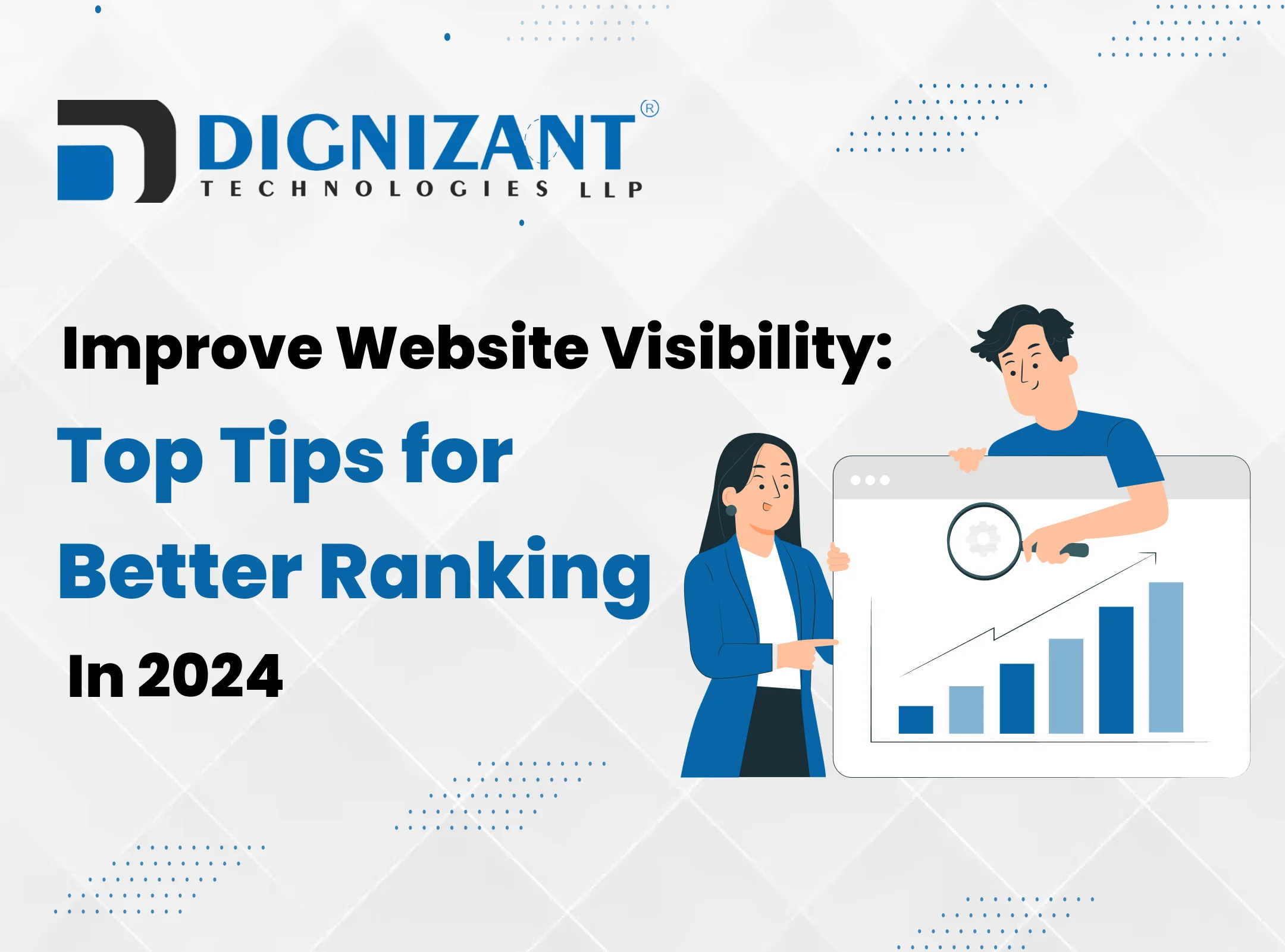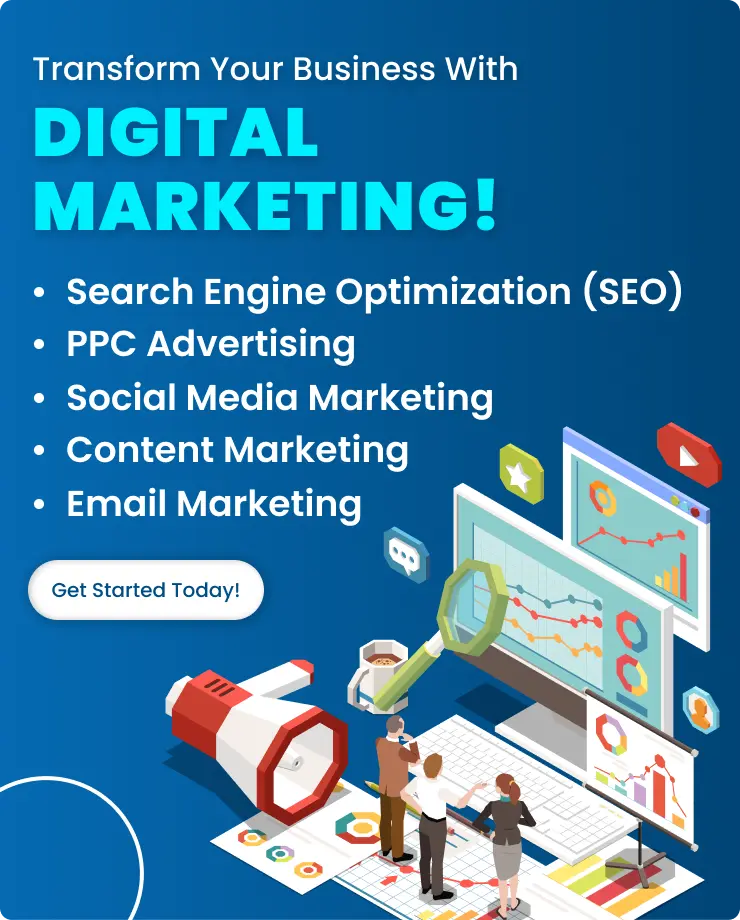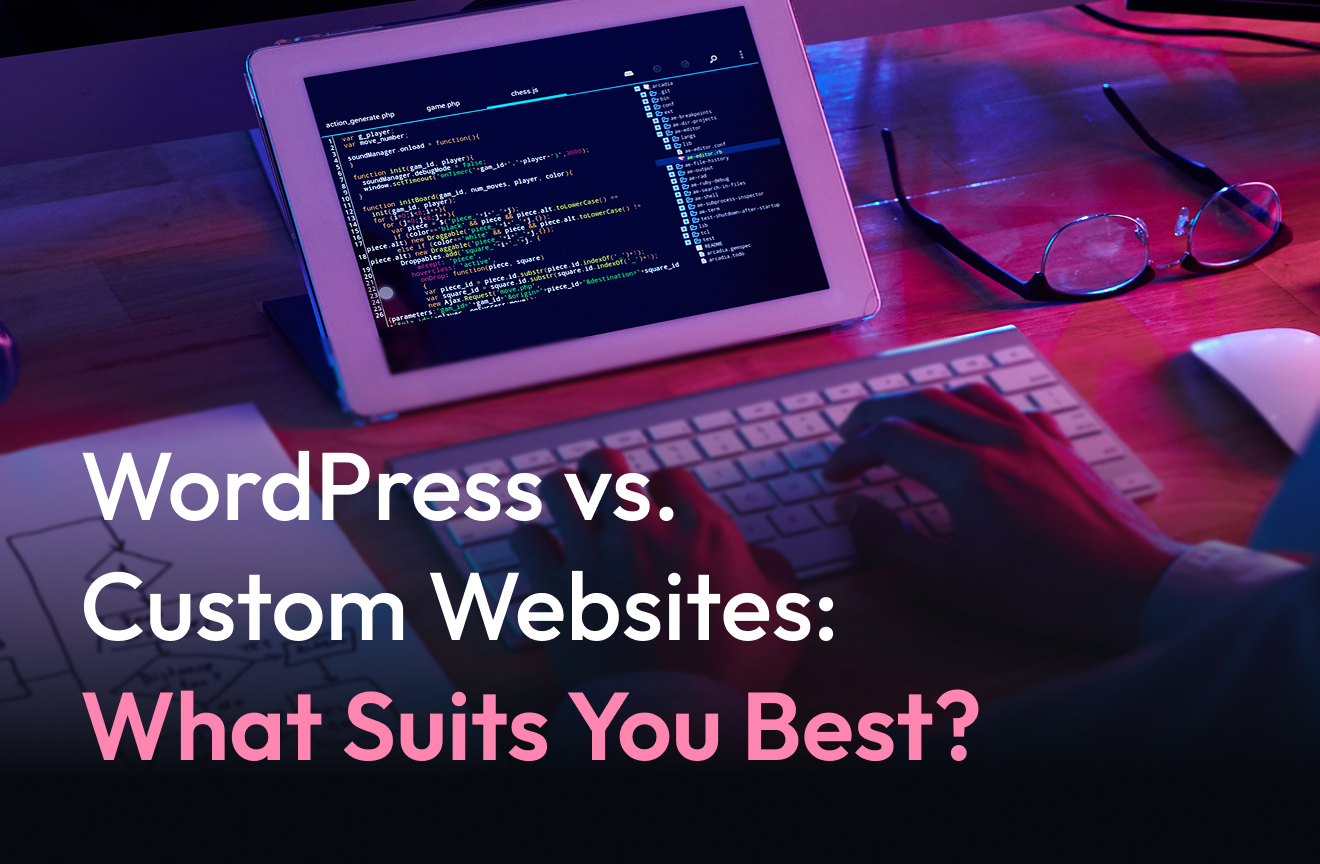Introduction
In today’s digital age, just having a website is insufficient. Making your site visible to your target audience, the people who matter most is the key to success. Your website’s exposure has a direct effect on your traffic, brand awareness, and overall expansion. So, how can you make sure that, out of the millions of websites on the internet, yours stands out? Now let’s explore some effective strategies to improve website visibility.
Understanding Website Visibility
Website Visibility: What Is It?
Your website’s visibility is the ease with which users may locate it on search engines and other platforms. A larger audience reach and more conversions result from increased visibility, which also attracts more visitors.
Important Measures of Visibility
The following are some essential variables for evaluating visibility:
- Search Engine Rankings: The position of your website in search results.
- Traffic Volume: How many people visit your website.
- Bounce Rate: The proportion of visitors who depart right away.
- Backlink Profile: The number and caliber of websites that link to your content.
Search Engine Optimization (SEO)
One of the most important aspects of website visibility is Search Engine Optimization (SEO). You can raise the ranking of your website and make it simpler for people to find you with effective SEO.
The Significance of Keywords
The terms individuals use to search online are known as keywords. Relevant keyword usage makes your content show up in the appropriate searches.
Tips for Keyword Research
- Use SEO Tools: Popular keywords may be found with the aid of tools such as Ahrefs or SEMrush.
- Focus on Long-Tail Keywords: These are niche terms with less competition.
- Examine your competitors: Examine the keywords used by websites that score highly in your niche.
Create High-Quality, Relevant Content
The core of a website’s exposure is its content. High-quality content attracts viewers and is indexed by search engines.
The Importance of Content for Visibility
Content that is interesting and educational keeps users on your site longer and entices them to explore more, which tells search engines that your site is worthwhile.
The Best Methods for Producing Content
- Content is easier to read when headings and subheadings are used.
- Add Videos and Images: Adding multimedia improves user engagement.
- Be Genuine and Distinct: Steer clear of plagiarized stuff; uniqueness is crucial.
Advice for Interesting Content
- Address queries: Provide answers to frequently asked queries by your audience.
- Tell Stories: Memorable information is created through captivating stories.
- Remain Simple: As if you were speaking to a buddy, adopt a conversational tone.
Mobile Optimization
Making your website mobile-friendly is essential in our mobile-first society.
Mobile-Friendly Design’s Significance
A mobile-friendly design is essential to retaining potential visitors, as the majority of web users access websites via mobile devices.
Steps to Optimize for Mobile
- Responsive Design: Make sure your website displays well on all screens.
- Quick Loading Times: Since mobile users frequently connect to slower networks, quick loading is crucial.
- Easy Navigation: Make it simple for people to locate information.
Improve Website Speed
Both SEO and user experience depend heavily on site performance.
The Impact of Site Speed on Visibility
Slow websites can irritate visitors and raise bounce rates, both of which have a detrimental effect on visibility.
Tips for Faster Loading Times
- Optimize Images: Reduce the size of huge files.
- Reduce Code: Remove all unnecessary code.
- Use Caching: Caching lowers server load.
Make Use of Social Media Channels
An efficient approach for enhancing website visibility is social media.
Social media’s effect in Visibility
Having a strong social media presence can increase brand awareness and generate visitors to your website.
Tips for Effective Social Media Presence
- Post Regularly: Being consistent helps you stick in the minds of your viewers.
- Engage with Followers: Answer messages and comments.
- Make use of hashtags: Using hashtags on social media increases visibility.
Use Local SEO Strategies
Local SEO can generate relevant traffic if your company caters to the local community.
Local SEO’s Importance for Visibility
Local SEO makes your company show up in searches that are relevant to your region.
Installing Google My Business
- Claim Your Business: Create an account on Google My Business.
- Add Correct Information: Make sure your information is accurate.
- Encourage Reviews: Credibility is increased by positive reviews.
Strategic Use of Backlinks
Because they show authority and reliability, backlinks are a fantastic approach to increase a website’s visibility.
Advantages of High-Quality Backlinks
Reputable websites that provide high-quality backlinks raise your domain authority and search engine results.
How to Create Powerful Backlinks
- Guest Posting: Write articles for other websites.
- Networking: Make connections with influential people in your field.
- Provide Useful Content: Make resources that may be shared, such as infographics or guides.
Optimize for Voice Search
It’s worthwhile to optimize for voice-based inquiries because voice search is becoming more popular.
Tips for Content Optimization for Voice Searches
- Make Use of Conversational Words: Write as naturally as possible.
- Pay Attention to the Questions: A lot of voice searches are question-based.
- Include local keywords: Phrases like “near me” are frequently used in voice searches.
Use structured data
Schema markup, also known as structured data, facilitates search engines’ comprehension of the material on your website.
The Benefits of Structured Data for Visibility
Rich snippets from structured data can be more noticeable in search results.
How to Include Structured Data on Your Website
- Utilize the Structured Data Markup Helper on Google: It makes adding schema easier.
- Follow Schema.org guidelines: Make sure your data complies with SEO guidelines.
Focus on user experience (UX).
A well-designed user experience keeps users interested and motivates them to browse more of your website.
Important Aspects of Effective UX
- Simple Navigation: It should be easy for visitors to find what they’re looking for.
- Use readable fonts and sizes to make your text readable.
- Visual Appeal: Create a visually appealing website.
Harness the Power of Analytics
You may improve your plan by using analytics to determine what works and what doesn’t.
Tools for Monitoring Engagement and Visibility
- Google Analytics: Monitor site visits, bounce rate, and other metrics.
- Google Search Console: Gain insight into search efficiency.
- Social Media Insights: Monitor social media activity.
Consistently Update Content
Fresh, relevant content keeps visitors coming back and maintains visibility.
Tips for Updating Old Content
- Check the accuracy: Make sure that out-of-date information is corrected.
- Add New Information: Mention current events.
- Enhance Using Images: Make use of fresh photos, films, or infographics.
Conclusion
Improve website visibility takes consistent effort, the benefits are worthwhile. Your website will be in a good position to draw in and hold on to an expanding audience if you optimize it for search engines, produce high-quality content, use social media, and stay up to date with mobile and user experience developments.
FAQs
- What is the fastest way to improve website visibility?
Focusing on SEO, high-quality content, and social media can quickly boost visibility.
2. Why is mobile optimization important for visibility?
Most users are on mobile, so a mobile-friendly site improves their experience and search ranking.
3. How can social media improve website visibility?
Social media drives traffic and helps build brand awareness.
4.What are some free tools for website analytics?
Google Analytics, Google Search Console, and Bing Webmaster Tools are popular options.
5.How often should I update my website’s content?
Aim to review and refresh content every few months, especially for evergreen topics.

Stay Up to Date
Get our newsletter

Table of Contents
Toggle- Understanding Website Visibility
- Search Engine Optimization (SEO)
- Create High-Quality, Relevant Content
- Mobile Optimization
- Improve Website Speed
- Make Use of Social Media Channels
- Use Local SEO Strategies
- Strategic Use of Backlinks
- Optimize for Voice Search
- Use structured data
- Focus on user experience (UX).
- Harness the Power of Analytics
- Consistently Update Content
- Conclusion
- FAQs




